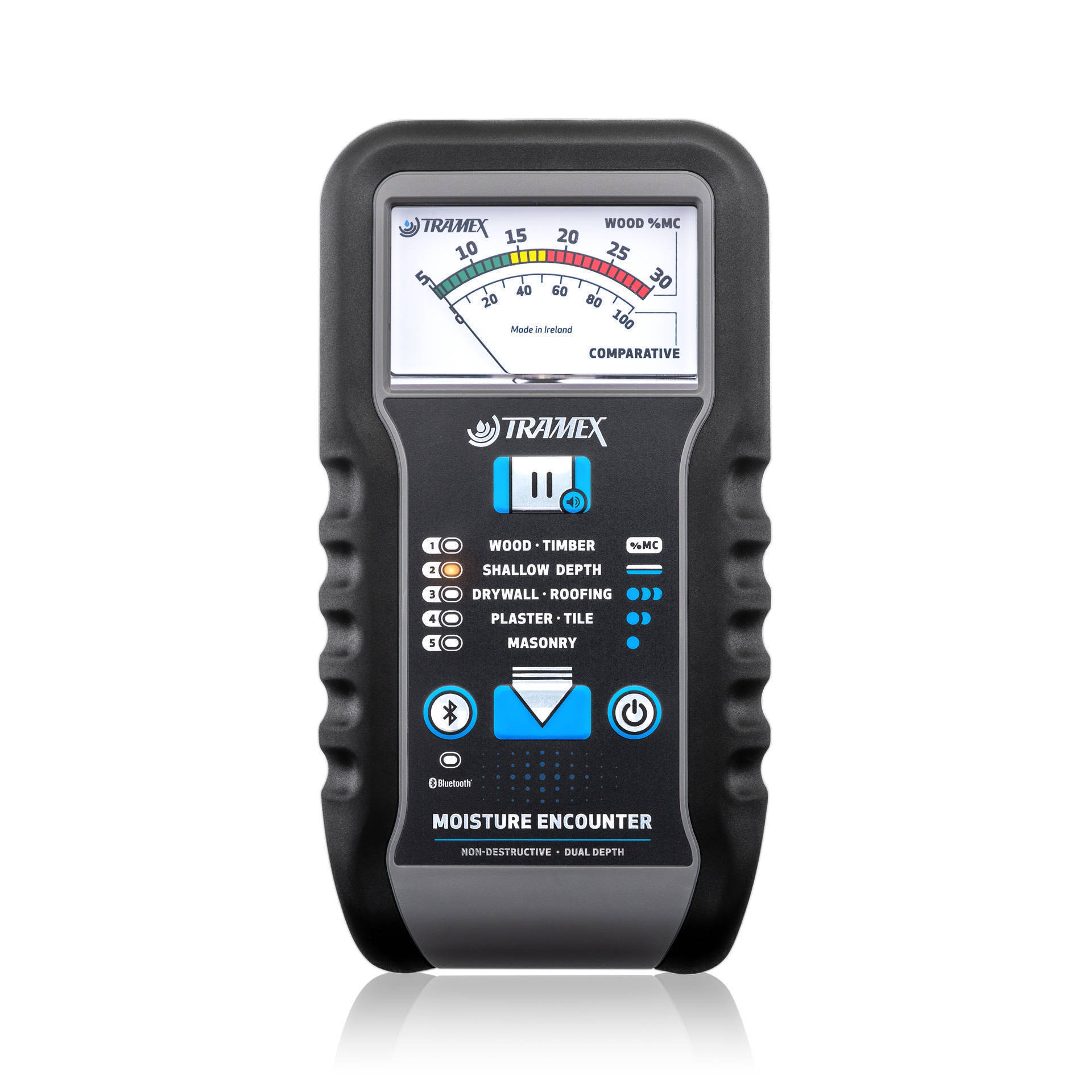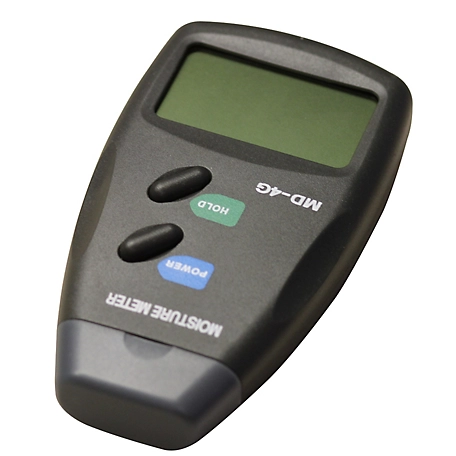Recognizing the Importance of a Moisture Meter in Avoiding Mold and Water Damages in Your Home
In the world of home maintenance, the visibility of wetness can frequently be a quiet yet formidable opponent, with the ability of creating pervasive mold and mildew growth and perilous water damage if left untreated. Amidst the serene atmosphere of a house, concealed wetness issues can make beneath the surface area, posing a danger to both home and wellness. Furnished with the right devices and understanding, home owners can proactively fight these prospective threats. Understanding the relevance of a dampness meter in this battle is not simply a choice yet a tactical need.
Significance of Moisture Detection
Effective wetness detection techniques are vital for guarding buildings and protecting against prospective mold and mildew development and water damage. Wetness can leak into various building products, bring about architectural problems and carcinogen. By using a wetness meter, building proprietors can proactively determine areas prone to excess dampness, enabling for timely intervention and reduction methods.
Moisture meters supply precise readings of dampness degrees in different products such as concrete, timber, and drywall. This data aids in identifying areas of problem, even in hard-to-reach or covert places. Early discovery of moisture build-up allows prompt fixings or modifications to avoid more damages.

Just How Moisture Meters Work
Dampness meters play an essential role in the aggressive identification of excess dampness, aiding in the avoidance of potential mold and mildew growth and water damages by providing exact readings of wetness degrees in different structure materials. These gadgets work based on various principles, depending upon their kind. Moisture Meter. Pin-type moisture meters, as an example, have two pins that permeate the material to measure the electrical resistance in between them. When moisture is present, it boosts the material's conductivity, causing a lower resistance analysis. Pinless moisture meters, on the other hand, use electro-magnetic sensors to check the product without causing damage. These sensing units give off electro-magnetic signals that penetrate the material and determine the dielectric properties, suggesting dampness web content. Some advanced moisture meters integrate both pin and pinless technologies for extensive wetness discovery. Recognizing how moisture meters function is necessary for prompt and precise dampness degree assessments, enabling efficient precautionary procedures versus mold and mildew and water damages.
Detecting Early Warning Signs
Upon initial assessment of a residential or commercial property, recognizing subtle indications of excess moisture ends up being crucial in the early detection of prospective mold and mildew development and water damages. Water stains can signal leaks or seepage, while peeling off paint or wallpaper might be an outcome of dampness endangering the adhesion of these materials to the surface. Additionally, a boost in allergy signs or breathing concerns amongst passengers might recommend the visibility of mold and mildew due to excess dampness.
Protecting Against Mold And Mildew Development
Identifying very early indication of excess moisture within a home not only enables punctual discovery of prospective mold development and water damages but also functions as a positive step in avoiding the spreading of mold and mildew. To successfully avoid mold development, it is vital to deal with any resources of wetness promptly. This can include repairing leakages in roof coverings, pipes, or home windows, ensuring proper air flow in official source damp locations like kitchens and shower rooms, and using dehumidifiers in high-humidity areas. Frequently inspecting and preserving the home's plumbing, roofing, and seamless gutters can also assist in protecting against water intrusion that might bring about mold growth.
Along with attending to moisture resources, maintaining interior humidity levels listed below 60% can significantly prevent mold growth. Proper ventilation, sufficient insulation, and utilizing air conditioning unit or fans can help regulate indoor moisture degrees. Monitoring moisture degrees in locations susceptible to moisture, such as basements and crawl spaces, making use of a dampness meter can additionally help in early detection of raised dampness degrees and prospective mold development. By taking aggressive pop over to this web-site actions to stop excess wetness and mold development, home owners can guard their residential or commercial property and indoor air top quality.
Benefits of Normal Tracking
Regular tracking of wetness levels in a building can play an essential function in preserving a healthy indoor atmosphere and avoiding prospective mold and water damage. By frequently inspecting wetness levels, property owners can discover any type of problems quickly and take required activities to protect against mold and mildew development and water damages.
Furthermore, normal tracking allows house owners to track patterns and trends in dampness levels over time. Source Eventually, the consistent tracking of moisture levels encourages property owners to shield their residential property, safeguard their wellness, and preserve the stability of their interior environment.

Conclusion

By making use of a dampness meter, residential or commercial property owners can proactively identify areas prone to excess moisture, allowing for timely intervention and mitigation strategies.

Monitoring wetness degrees in locations susceptible to moisture, such as basements and crawl rooms, making use of a dampness meter can additionally help in early detection of raised dampness degrees and prospective mold development. (Moisture Meter)